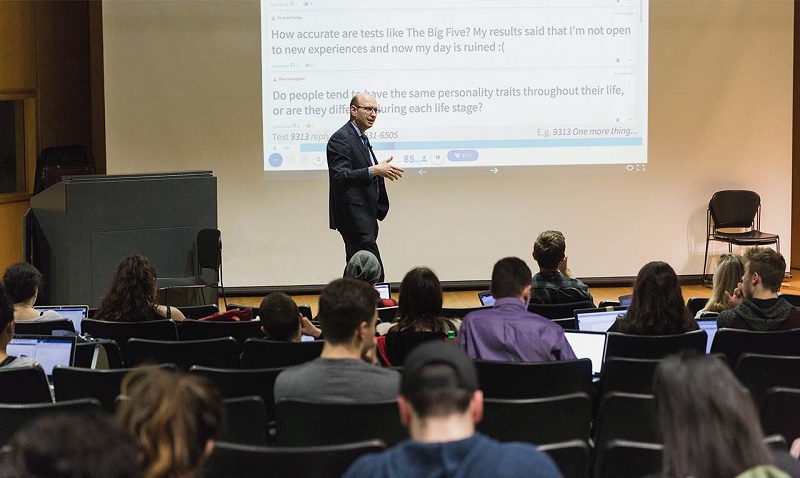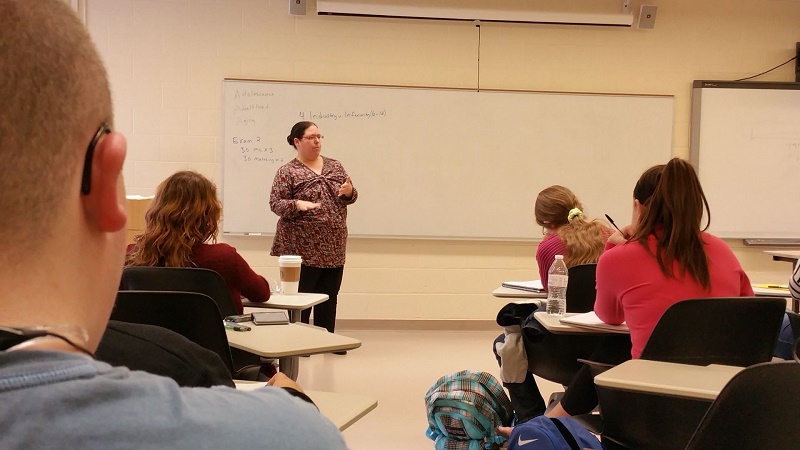I must confess that it attracted my attention and I recommend that you read it carefully. At the end of the article the author made a brief reference to the role exercised by the use of Powerpoint in the classroom.
As I said before, it is an article published several years ago and the technology applied to the classroom has also evolved in this time. Many of you will remember how years ago the inbox of our mail was saturated with all kinds of Powerpoints about animals, natural landscapes, comic stories, criticism of politicians, etc. Fortunately, this trend has been disappearing for a while now. There must be a reason.
The reason why do not I use Powerpoint in class?

But I do not want to go around the bush, but answer the question that gives the title to this article: Why do not I use powerpoint in class? The truth is that I have never felt comfortable with a format like Powerpoint for the reasons that I will comment on below:
Priority is given to the content
There are people who tend to use more Powerpoint to impress than not to teach. There are professionals, and not only in the educational field, who spend more time worrying about the effects they can include in their presentations than in the content of the presentation itself.
The information is unidirectional

Powerpoint does not favor bidirectional communication since the teacher interacts more with the presentation than with the students. Often the students adopt a passive position and this causes their attention level to decrease considerably while the presentation is carried out.
Dismiss the study techniques
Powerpoint does not serve to work the study techniques like the underline, the outline and the summary. I see presentations more as the end of a journey and not as the beginning of it. The presentation is something that is offered to the student as a finished product, not as an open product with potential.
Reading to interpretation is prioritized
How many times have we attended boring meetings and conferences where a lecturer automatically reads a presentation. Sometimes the teacher can make the same mistake and not go beyond a simple and superficial reading. This does not favor any reflection and exchange of ideas between teacher and student. I think that teachers are not to read, but to interpret what is read.
It does not do much when it comes to studying. Once the teacher has finished explaining the presentation, what comes next? Normally, the student does not usually have that presentation and, if it does, it does not make much sense to print it for further study.

With these points,
I do not want to imply that Powerpoint is a wrong method of learning. Nothing further. I am sure that many of you use it with some regularity and it works as a learning tool. I simply believe that currently, teachers have other tools that I consider much more effective and that, above all, have the interaction and bidirectionality of the message its main asset.
I would like to end this article by mentioning the success that the tool for Prezi presentations in the academic and professional field is currently reaping. I just want to ask you two questions. What is the reason for your success? What really prioritizes this tool?







